NORWEGIAN CULTURE:
How to make a Norwegian friend
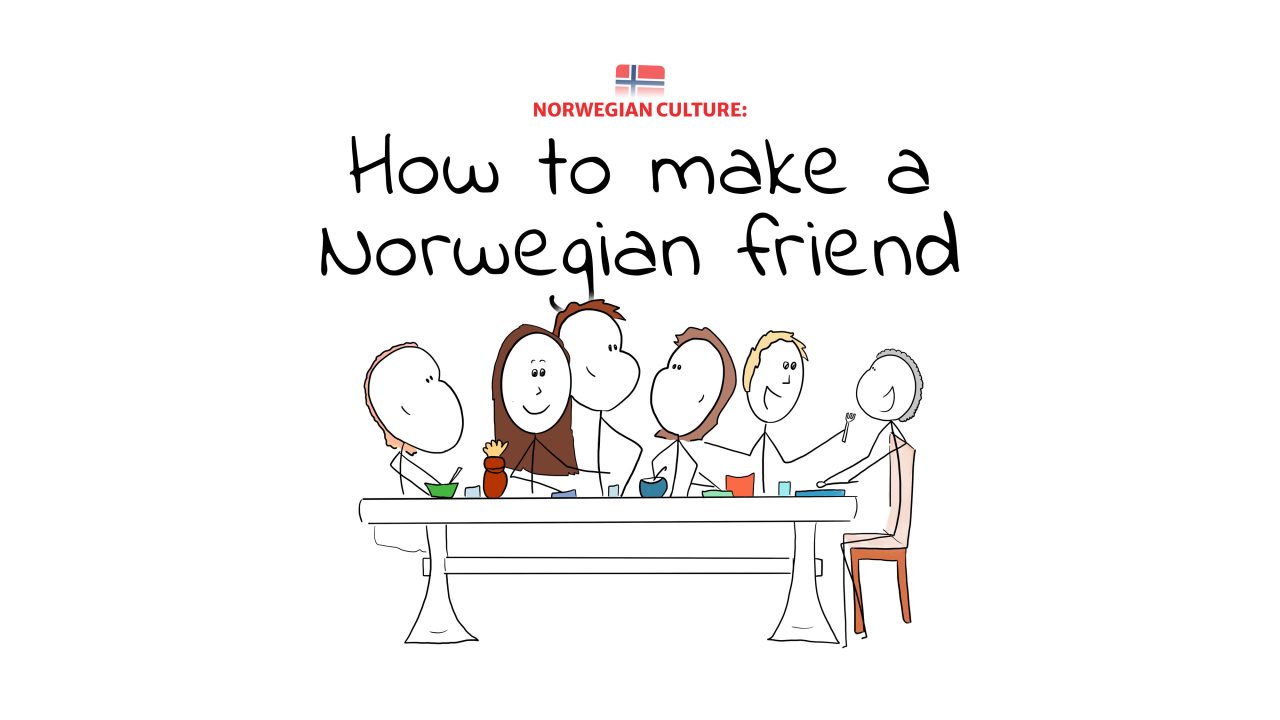
Several people having dinner and enjoying themselves. The title "How to make a Norwegian friend" displayed above the drawing.
Norwegians are peaceful, helpful and trustworthy. They are often shy, reserved, well-behaved, well-organised, calm, efficient, pragmatic and serious.
Understanding the peculiar Norwegian social dynamics, behaviours and norms is difficult and it takes time and effort. You need to take the initiative, but carefully and within a well defined social framework. You need to understand why, how and where social interactions take place.
If you succeed, you will be able
to make life-long friends.
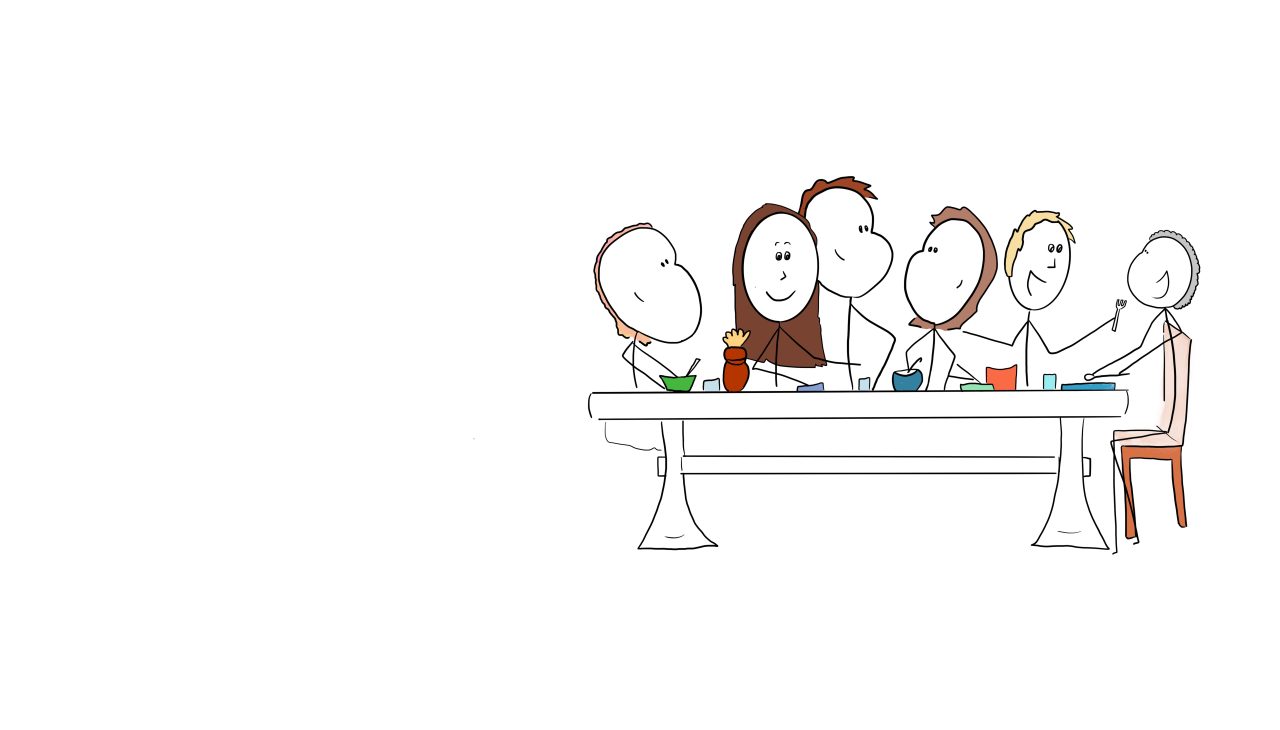
Several people having dinner and enjoying themselves together.
A Norwegian friend
A few years back, I asked a Norwegian man what a good friend was. He was silent for a while and said, “A good friend is someone I can sit alone in a room with in silence and feel comfortable”.
Norwegian friends are special friends.
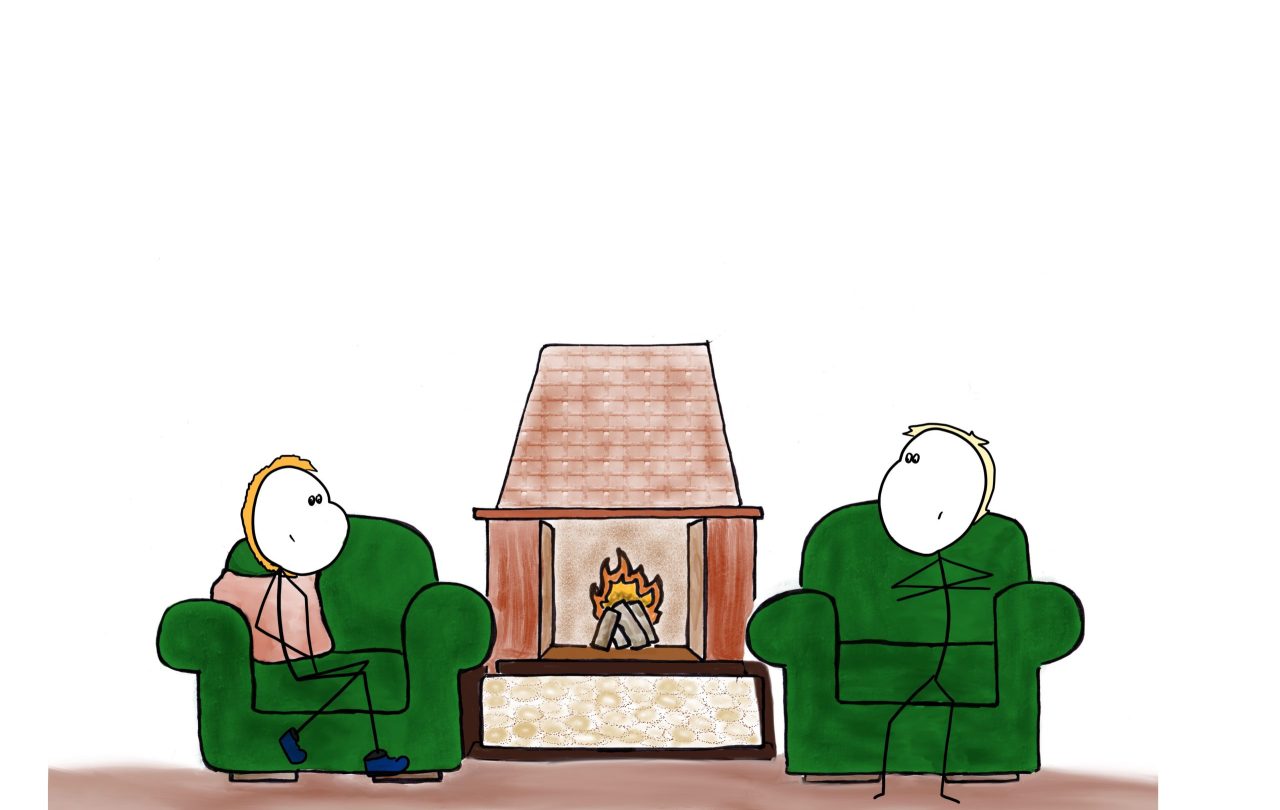
Two people sitting by the fireplace talking.
How to make friends
In many cultures we build friendships by giving and receiving, by offering and owing. We bring gifts, invite others for dinner and invest time to show that we are interested in building a friendship.
In Norway it does not really work like this.
Norwegians do not like to owe others anything, they like things to be equal.
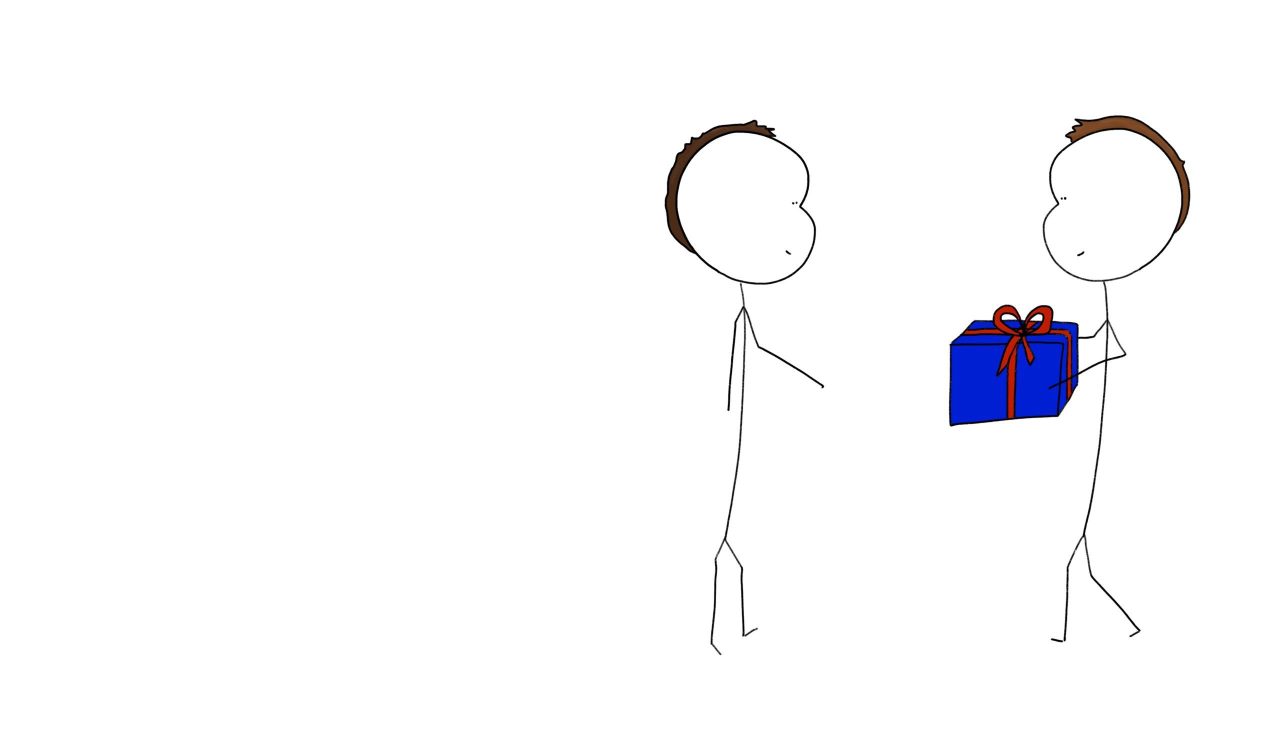
A person giving a gift to another person.
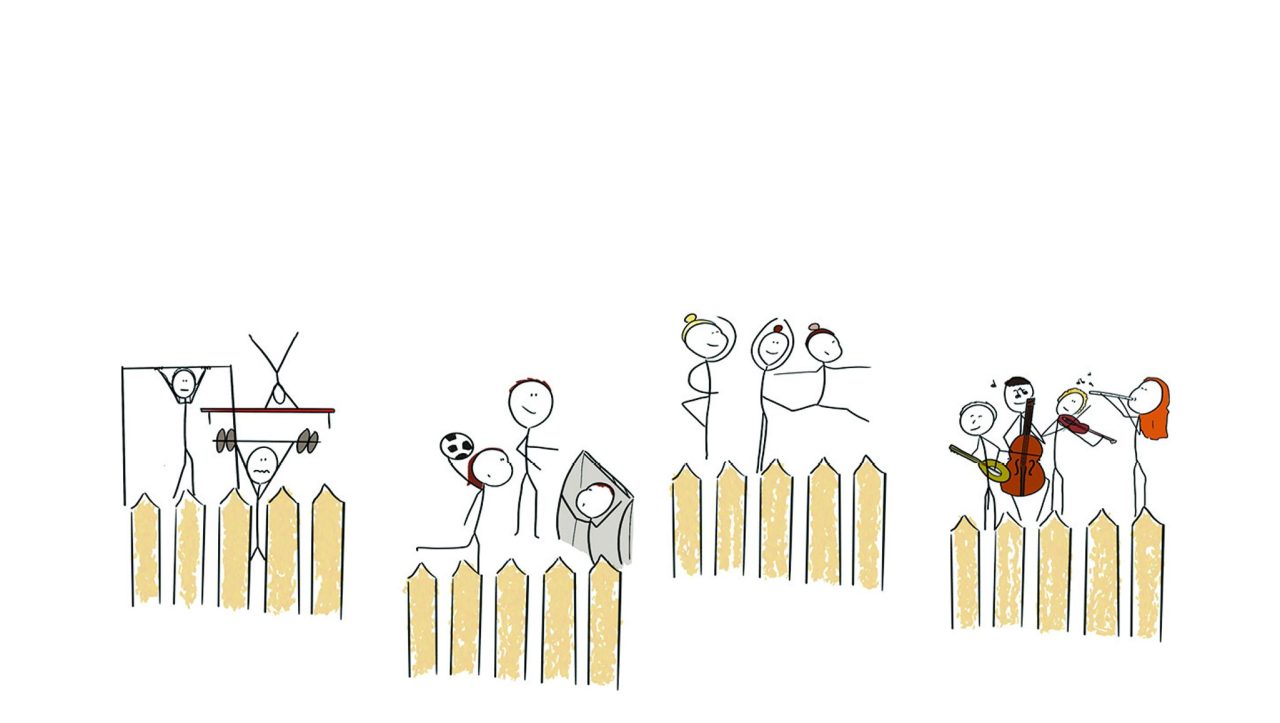
Different activities taking place behind different fences. a group working out, a group playing soccer, a group dancing and a group playing classical instruments.
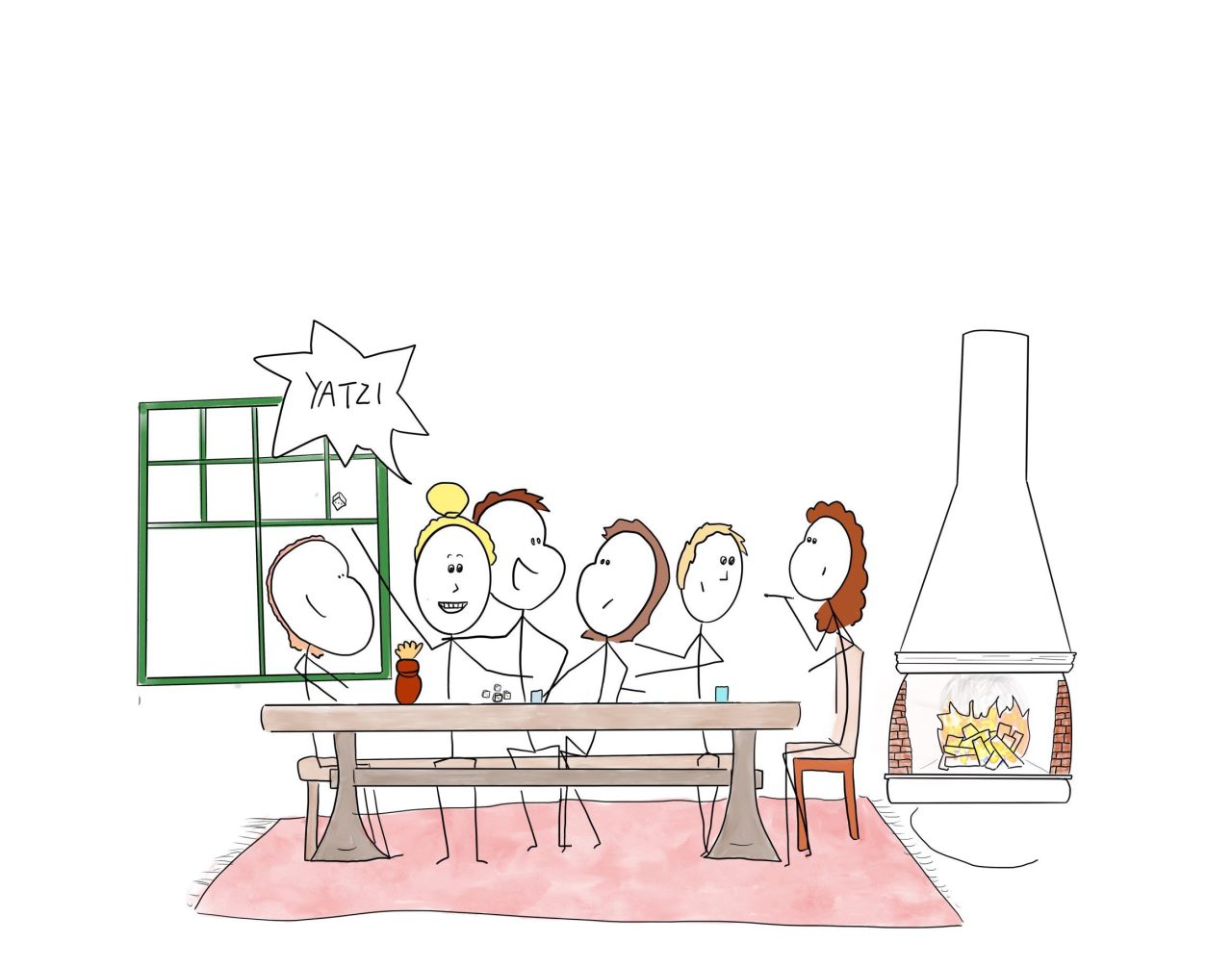
A group of people sitting at a table by a fireplace in a cabin playing yatzy.
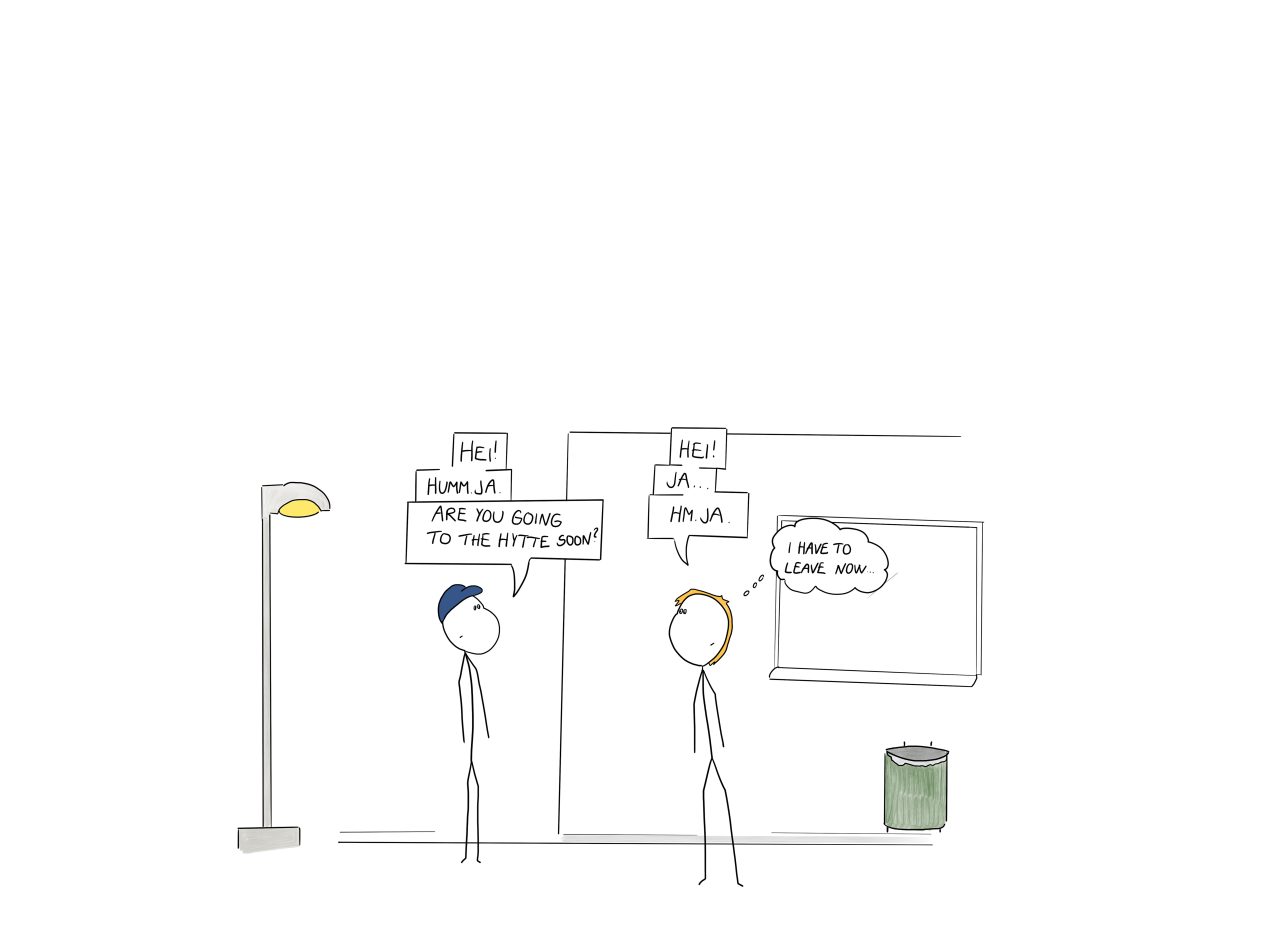
Two people running into each other in the city. Having an awkward conversation. One asks if the other is going to the "hytte" soon, the other one is thinking; I have to leave now.
Introductions
When you meet someone you know you introduce the person you are with. This is basic politeness in most places.
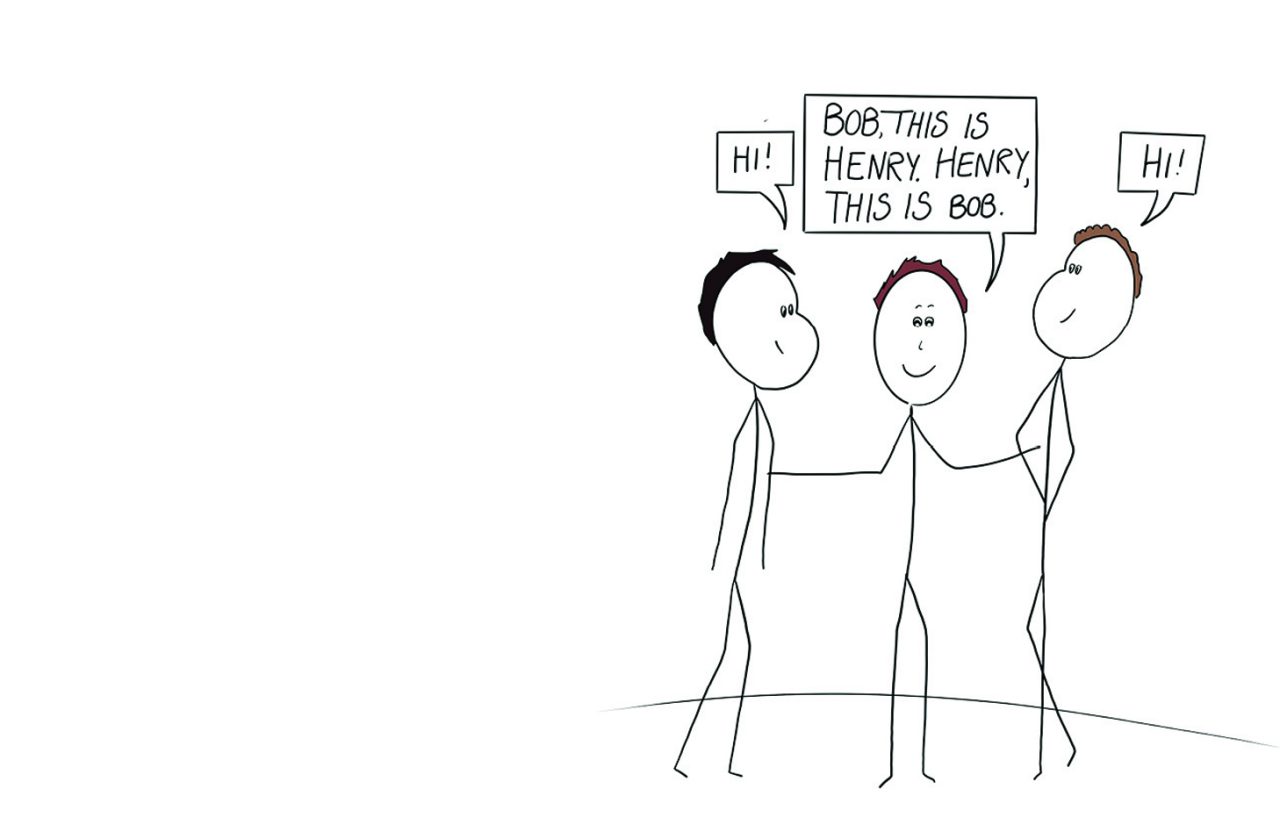
One person introducing two people saying; Bob, this is Henry. Henry, this is Bob. Bob and Henry say "Hi" to each other.
Meeting a Norwegian friend
In Norway, it works differently. You will be introduced if there is a practical reason to do so. Otherwise, you may be left standing not knowing what to do. It is not meant as rude, impolite or uneducated behaviour. It is simply more efficient and less risky not to introduce you. It prevents a potentially awkward conversation between people who are part of different social bubbles.
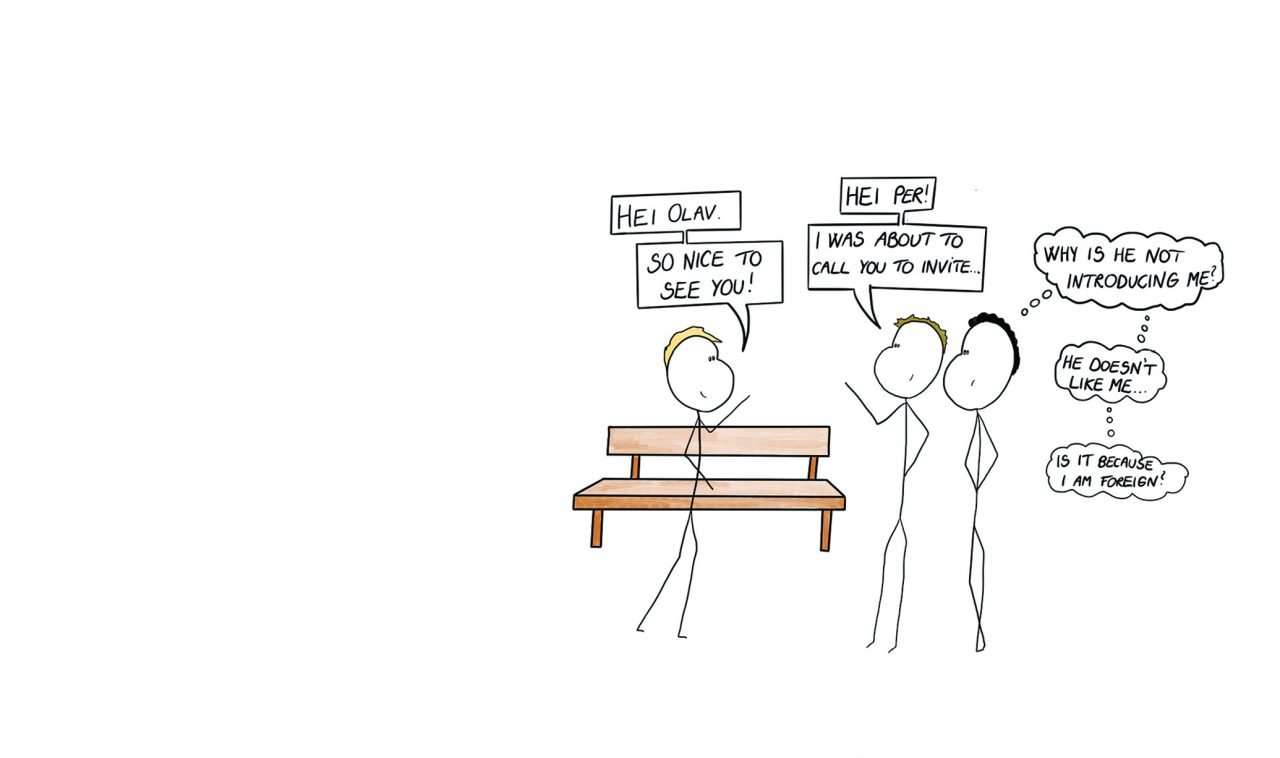
Two people that know each other meeting and catching up. A third person standing beside them thinking; Why isn't he introduce me? He dosen't like me It is because I'm a foreginer.
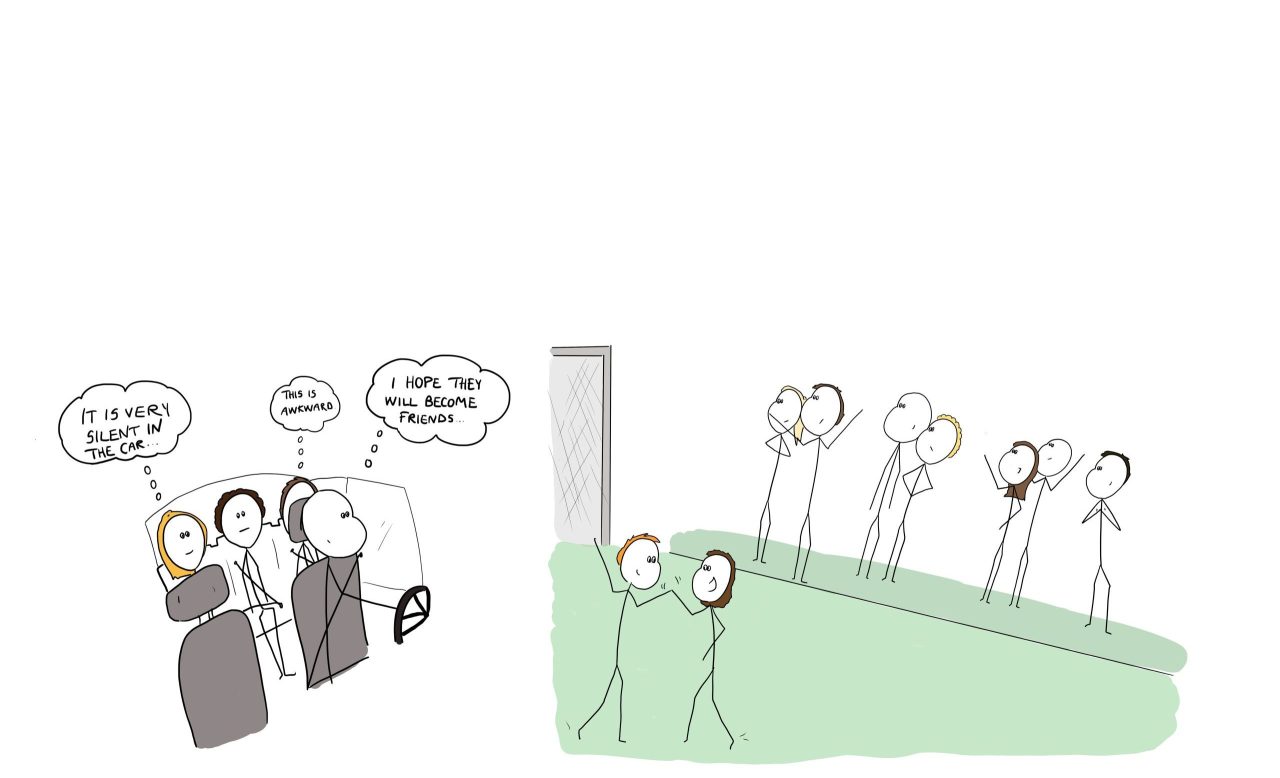
Two pictures. One in a car with a parent driving kids to soccer. The kids thinking; "It's very quiet here." and "This is awkward", the parent thinking "I hope they become friends". The other picture shows parents at kids soccer game. Standing beside other parents, not talking.
Getting out of the social frames created by these activities is difficult. It may take months or years. First, socialise within the secure framework of an activity. Build trust, contribute, be part of the social bubble that forms around the activity.
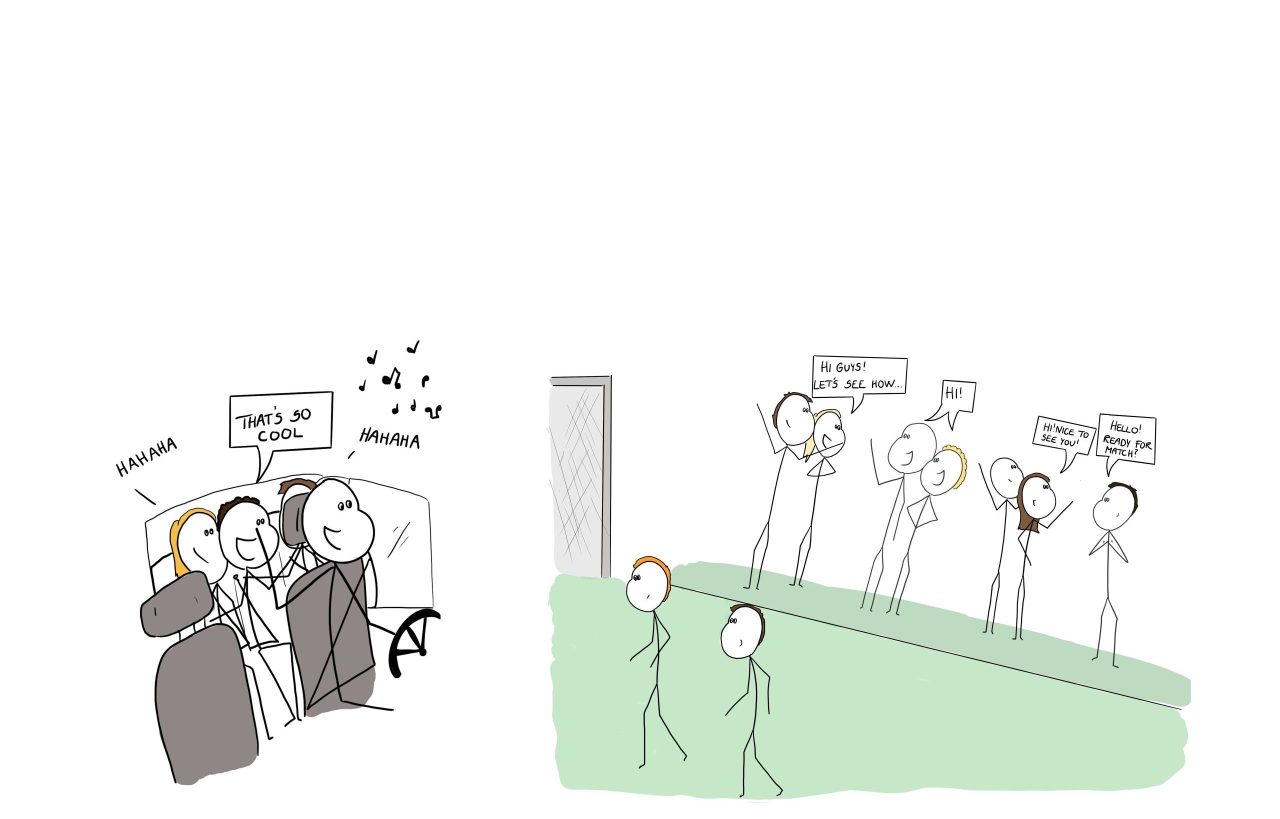
Two pictures. One in a car where a parent is driving kids to soccer. The kids enjoying themselves and talking. In the other picture parents are at their kids soccer game, now talking to the other parents.
Later you may try to get out of that bubble. Do something with some people you appreciate more than others. But remember, the threshold is high. Invite someone to do something outside the frame and you may end up with the whole bubble following.
You need to have a good reason, a birthday for example. And you need to leave an exit door. The person must not feel like he or she owes you something.
Norwegians like to keep their independence. Take Norwegians out of the social bubble carefully.
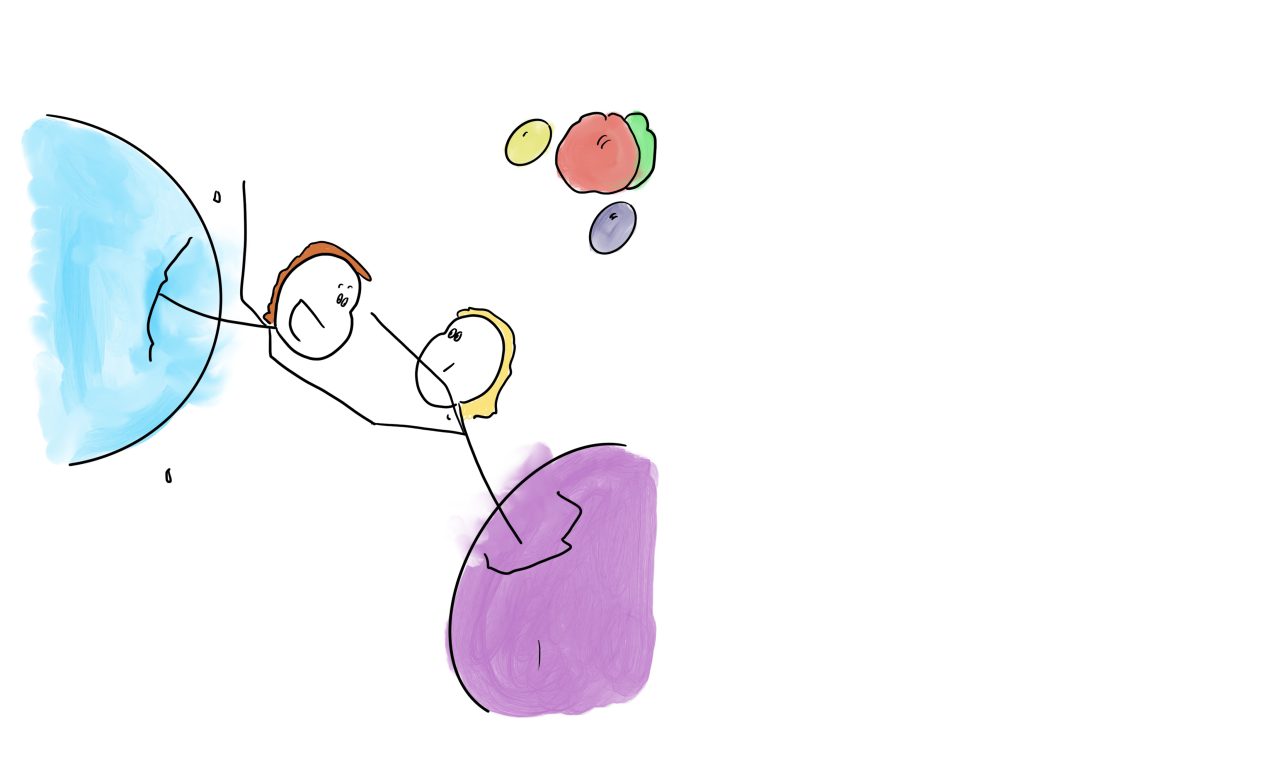
Two people pulling each other out of their current social bubble.
Independence in friendships
Humans feel they need to give back if they first are offered something. This is called the reciprocity principle. Once we accept a gift, we feel like we owe something back. This feeling is very strong and Norwegians are highly uncomfortable with it, both for themselves and towards others.
Norwegians do not want to owe each other anything. This is to keep their independence. Unless you are very good friends, over many years, owing something to someone is a very uncomfortable feeling.
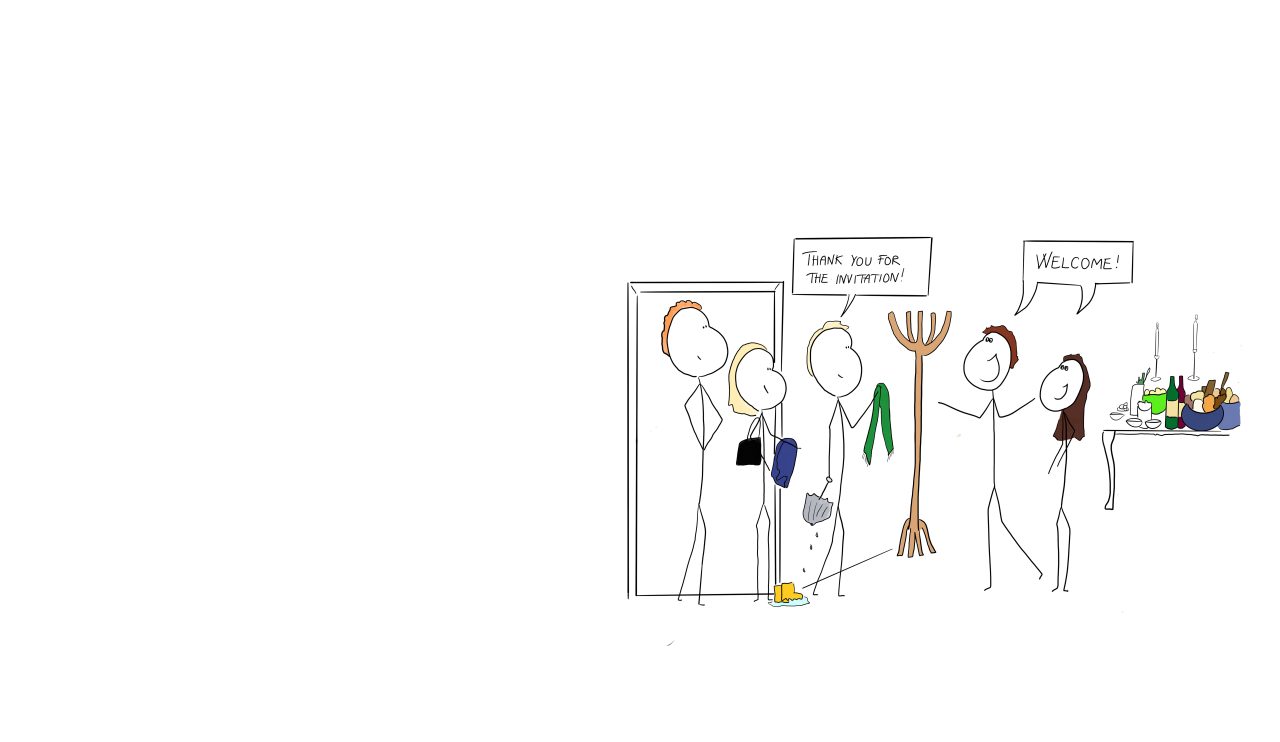
People coming to a dinner party. The guest saying; "Thank you for inviting us", the hosts say; "Welcome!"
Norwegians will try to re-establish equilibrium sometimes in ways that may appear plain rude in other cultures. Norwegians do not want to be rude, they actually want you to feel good. Norwegians feel good when things are equal. They want things to be equal. Friendships need to be equal. The investment of time, energy and resources need to be equal, at all times.
Understand this and you will have understood a lot about Norwegian friendships.
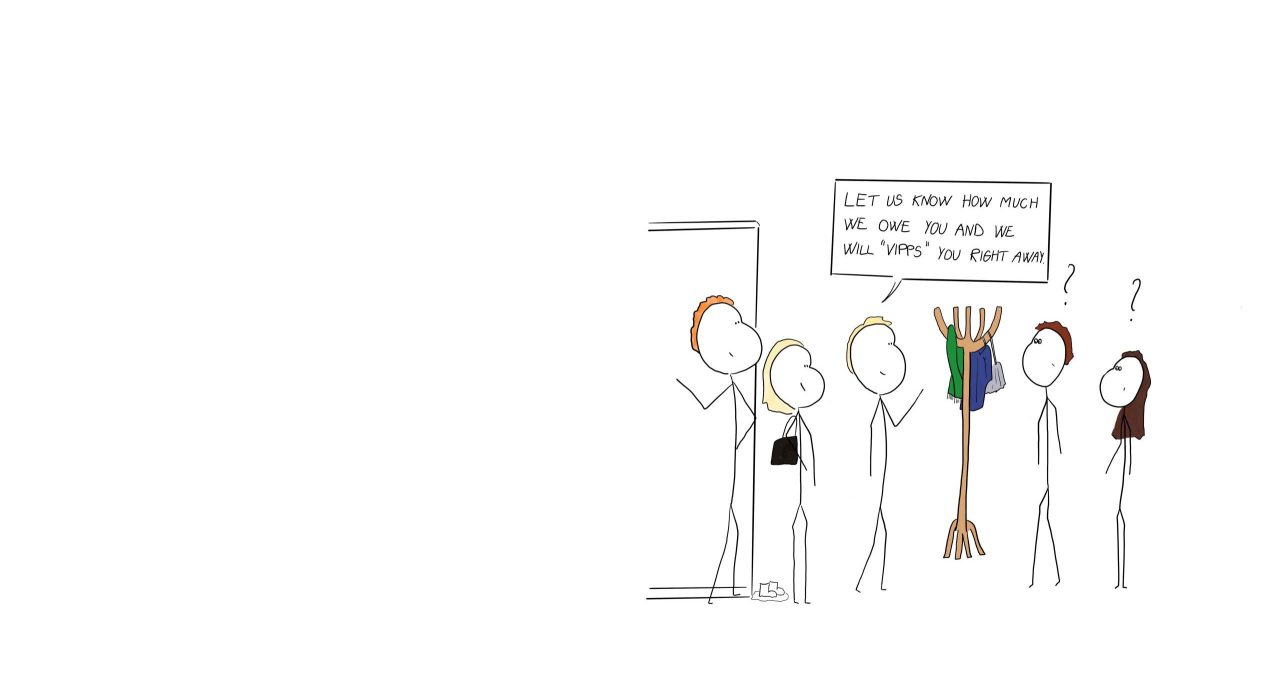
Guests leaving a dinner party, saying: "Let us know how much we owe you, and we will vipps you right away!"
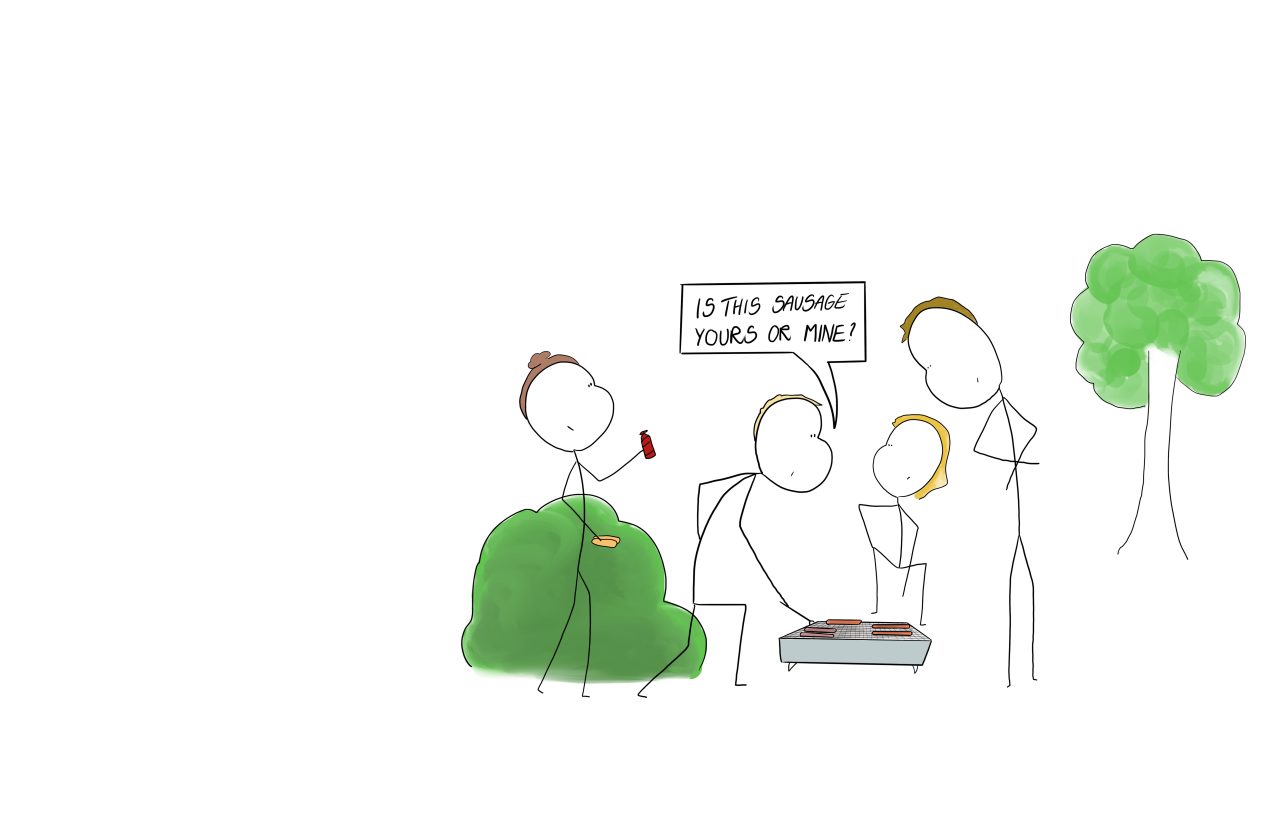
Four people in the park having a barbecue. One person asks the others; "Is this my sausage or yours?"
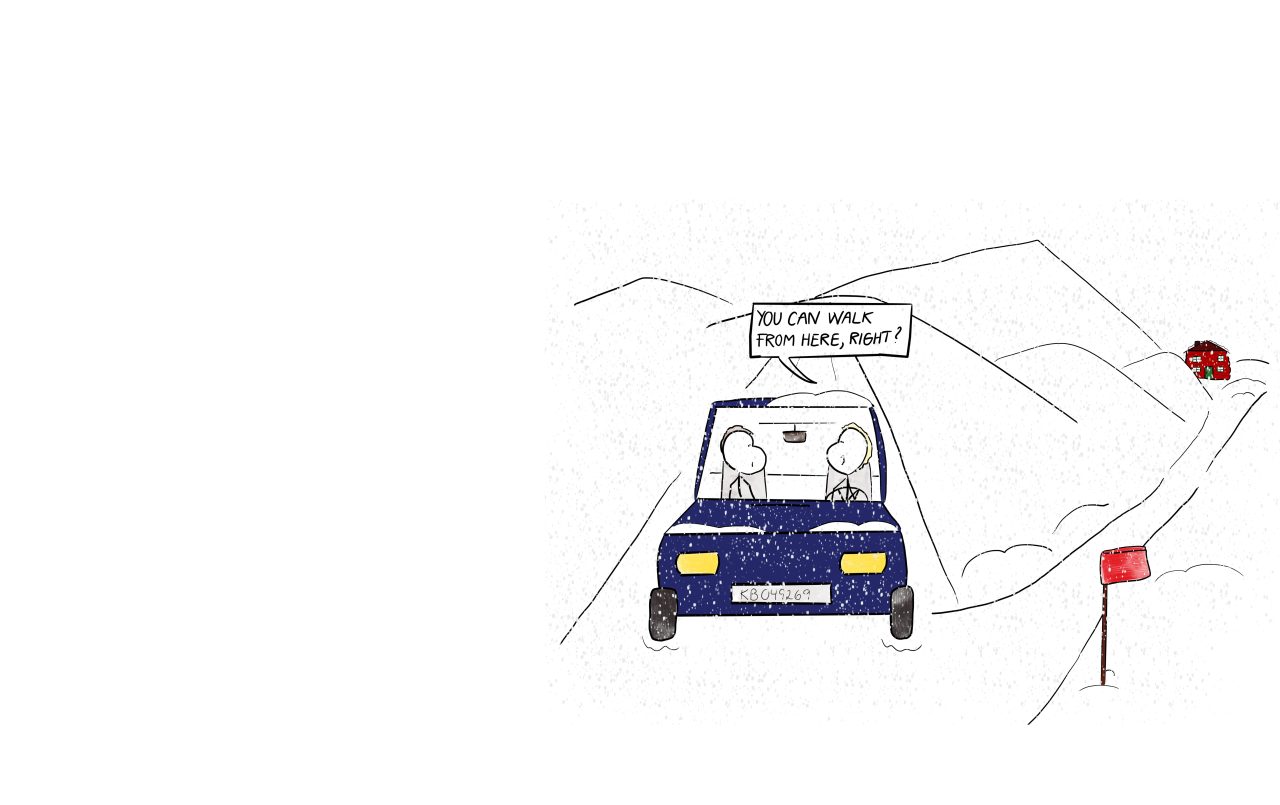
Two people in a car in the snow. The driver asks the passenger; "You can walk form here, right?" The passengers house is at the end of a road far from where the car is.
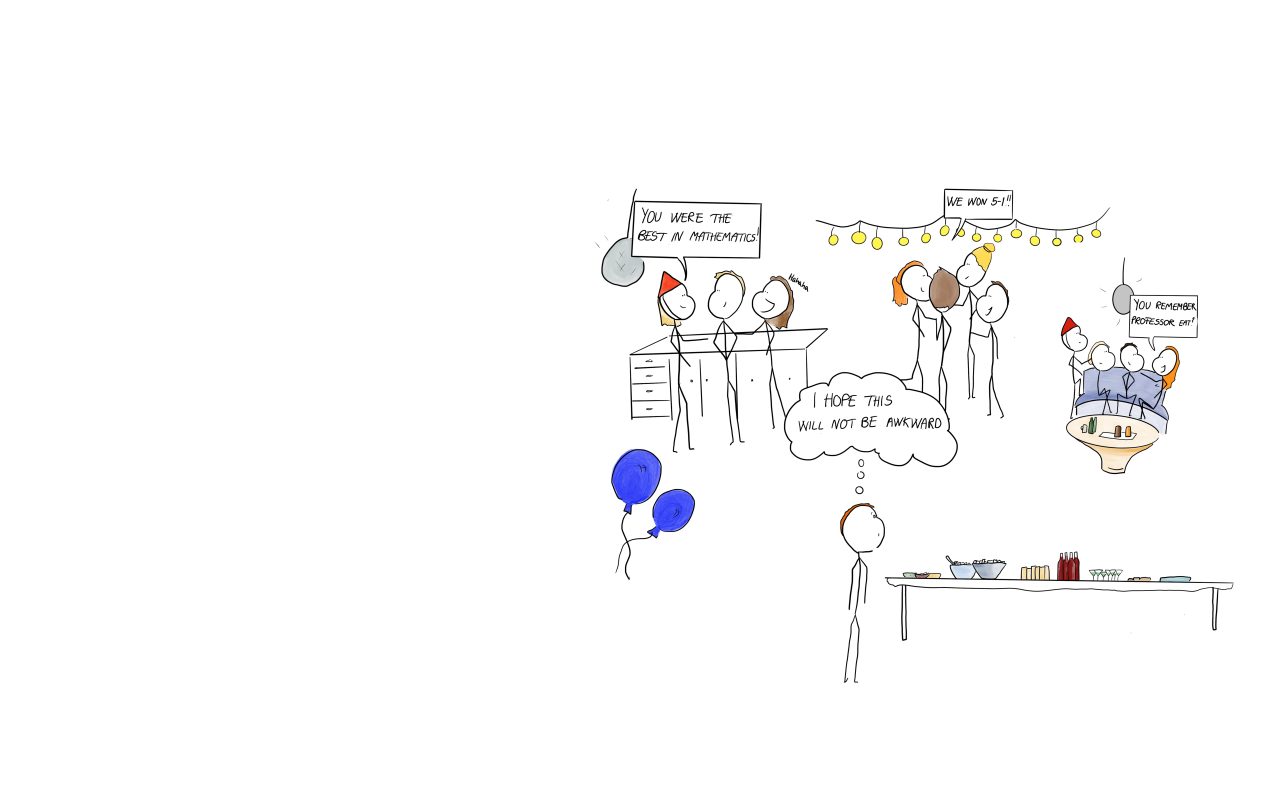
A party where several people stand in groups talking to people they already know. One person standing alone thinking; I hope this will not be awkward.
The Norwegian law of
social interaction
1. Do not talk to strangers
2. Do not stand close to others
3. Do not touch
4. Do not owe anything to others
5. Do not pay for others
6. Do not issue an invitation without a reason
7. Do not show or discuss emotions
8. Do not depend on others
9. Do not show interest towards others
10. Do not exaggerate feedback
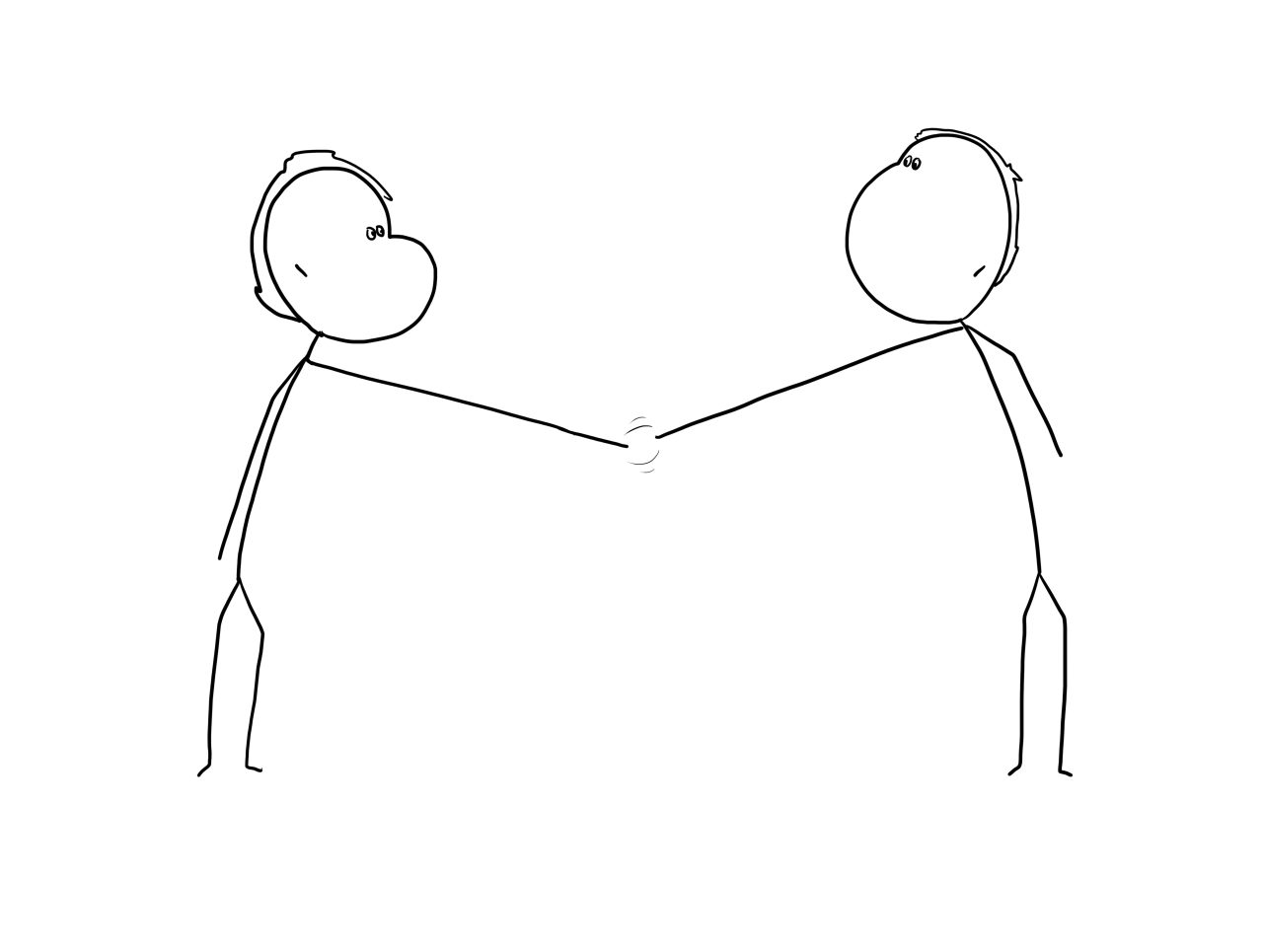
Two people shaking hand standing far apart.
Sources:
- Bourrelle, Julien S.: The Social Guidebook to Norway – An illustrated introduction (2022) Drammen, Mondå forlag
- Bourrelle, Julien S.: The Social Guidebook to Norway 2 – Friendships and Relationships (2022) Drammen, Mondå forlag
Illustrations: Elise H. Kollerud



